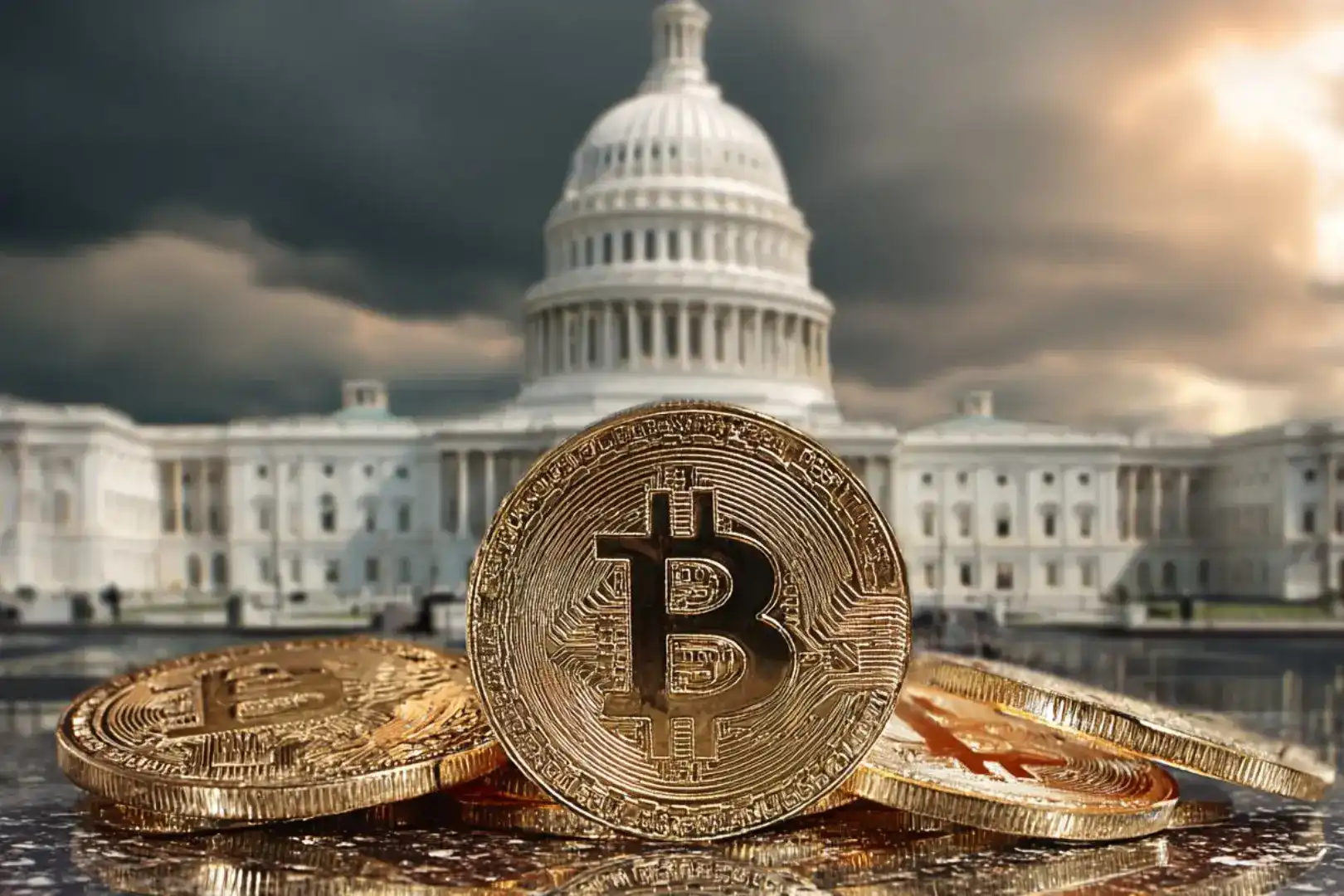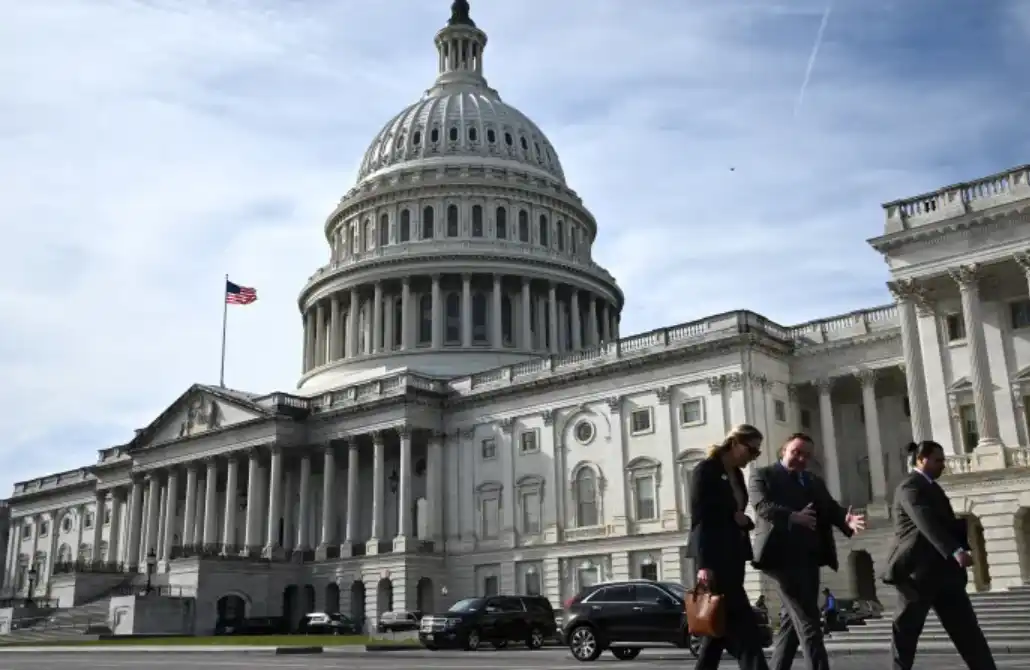Ohio Lawmaker Proposes Second Bill to Establish State Bitcoin Reserve
The proposed legislation would allow the state treasurer to invest public funds exclusively in Bitcoin (BTC) to establish an “Ohio Bitcoin Reserve Fund.”

An Ohio state senator has introduced a second bill aimed at creating a Bitcoin reserve fund, positioning the state as a leader in cryptocurrency adoption.
Senate Bill 57 (SB 57) , introduced by Senator Sandra O’Brien on Jan. 28, was referred to the Financial Institutions, Insurance, and Technology Committee a day later.
The proposed legislation would allow the state treasurer to invest public funds exclusively in Bitcoin (BTC) to establish an “Ohio Bitcoin Reserve Fund.”
Bill Mandates Any BTC Acquired to be Held for Five Years
The bill mandates that any BTC acquired must be held for a minimum of five years and stored securely using appropriate custody solutions.
O’Brien, advocating for the proposal, emphasized Ohio’s need to stay ahead in the evolving digital asset space.
“The crypto world is here, and Ohio needs to be a leader,” she stated on X, formerly Twitter.
She also noted that cryptocurrency is expected to play a key role in former President Donald Trump’s potential second term, referencing his recent executive order to explore a national digital asset reserve.
Beyond creating a Bitcoin fund, SB 57 would also require state agencies to accept cryptocurrency for tax payments, fines, fees, and other government transactions.
Any crypto received would be converted into Bitcoin and allocated to the reserve.
The bill further outlines a system allowing Ohio residents, government bodies, and state universities to donate BTC, with a recognition program established for significant contributors.
SB 57 is the latest in a series of Bitcoin-related proposals in Ohio. In December, House Republican leader Derek Merrin introduced HB 703, the Ohio Bitcoin Reserve Act, which sought to grant the state treasurer authority to allocate Bitcoin within state reserves.
Merrin argued that Bitcoin could serve as a hedge against the declining value of the U.S. dollar.
Ohio is among a growing number of U.S. states pushing for crypto adoption.
In September, Senator Niraj Antani introduced a bill allowing Ohio to accept cryptocurrency for tax and fee payments.
More recently, in late January, a Utah House committee advanced legislation permitting the state to invest a portion of public funds into digital assets.
According to Bitcoin Reserve Monitor, at least twelve states have introduced bills to enable cryptocurrency investment within their treasuries, with Arizona and Utah among those with pending legislation.
New Hampshire and North Dakota Latest U.S. States to Propose Bitcoin Reserves
New Hampshire and North Dakota have introduced legislation to establish strategic Bitcoin reserves, marking a growing trend among U.S. states to diversify their treasuries with cryptocurrency.
Previously, Texas Representative Giovanni Capriglione introduced the Texas Strategic Bitcoin Reserve Act, which proposes that the state comptroller hold Bitcoin as a reserve asset for at least five years.
Pennsylvania took a similar step in November, with Representative Mike Cabell proposing a bill to allow its treasury to allocate up to 10% of its balance sheet in Bitcoin, citing the asset’s potential to hedge against economic uncertainty.
Furthermore, corporate Bitcoin holders like MicroStrategy and Metaplanet have expanded their Bitcoin holdings.
Disclaimer: The content of this article solely reflects the author's opinion and does not represent the platform in any capacity. This article is not intended to serve as a reference for making investment decisions.
You may also like
The "Black Tuesday" for US stock retail investors: Meme stocks and the crypto market plunge together under the double blow of earnings reports and short sellers
Overnight, the US stock market experienced its worst trading day since April, with the retail-heavy stock index plunging 3.6% and the Nasdaq dropping more than 2%. Poor earnings from Palantir and bearish bets by Michael Burry triggered a sell-off, while increased volatility in the cryptocurrency market added to retail investor pressure. Market sentiment remains tense, and further declines may follow. Summary generated by Mars AI. The accuracy and completeness of this summary are still being iteratively improved by the Mars AI model.

Crypto Market Macro Report: US Government Shutdown Leads to Liquidity Contraction, Crypto Market Faces Structural Turning Point
In November 2025, the crypto market experienced a structural turning point. The U.S. government shutdown led to a contraction in liquidity, pulling about 20 billions USD out of the market and intensifying capital shortages in the venture capital sector. The macro environment remains pessimistic.

Market volatility intensifies: Why does Bitcoin still have a chance to reach $200,000 in Q4?
Institutional funds continue to buy despite volatility, targeting a price level of $200,000.

Key Market Intelligence for November 6: How Much Did You Miss?
1. On-chain funds: $61.9M flowed into Hyperliquid today; $54.4M flowed out of Arbitrum. 2. Largest price changes: $SAPIEN, $MMT. 3. Top news: ZEC surpassed $500, marking a 575% increase since Naval’s call.

